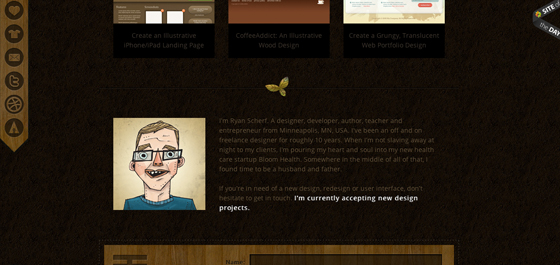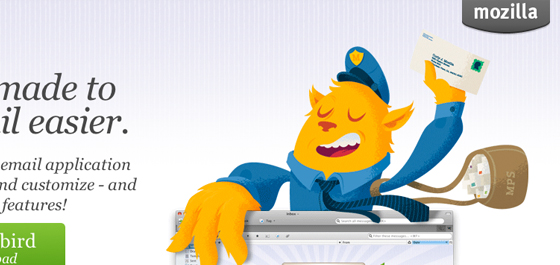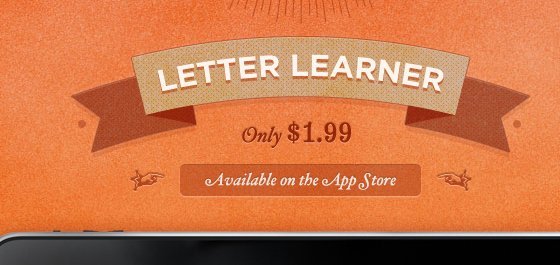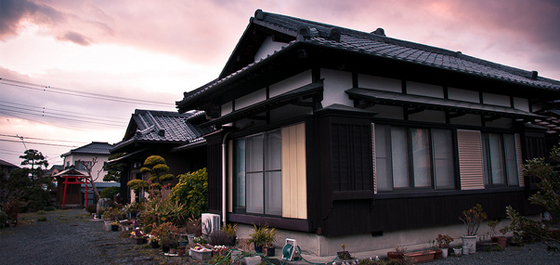Do you owe a small business? If answer is yes, then I will
say, yours is not small business but a growing business. As, small business
have lots of scope to grow their business.
If you run a growing business and you don’t have big budget
for online marketing and hence getting nervous. But, do you know that there are
various key activities that can be undertaken to help your company’s website
get found on Google.
Doing online marketing or search engine optimization is
highly competitive. We have listed tips that will enable you to effectively
prepare your website for the world of search.
1) BE REALISTIC WITH THE KEYWORDS YOU TARGET:
If you have just newly launched your website then it’s
difficult to compete your website against older website. Just don’t expect your website to get found on
generalized keyword. Will explain you with an example:
Mr.XYZ starts a new Hotel with lodging, boarding and
restaurant in Vashi. After making new website for his new business, he expects
his website to get found on keyword “hotel”.
It is next to impossible for his website to found on such general
keyword. He has to be realistic. He has to start with Hotels in Vashi with
lodging and boarding, then he can further proceed to just hotels in Vashi,
further then hotels in navi Mumbai and so on.
So, be realistic with the keywords that you are targeting. With
well executed keyword research you will be able to establish and identify which
keywords are easier to rank for, but at the same time will still drive relevant
traffic to your site.
2) MAKE SURE THAT SEARCH ENGINES AND YOUR VISITORS KNOW YOU:
Making website is just not enough. While website is getting
develop, you need to take care that website is developed as per SEO guidelines
and as per w3c standards. This will help your site to get optimized early.
Also, submit a sitemap and make sure that you optimize your pages for the
products and services that you wish rank for. Once this has been achieved and
more importantly, makes sure that any one visiting your website knows what it
is you do, and what you want them to do – whether it be call your number or
fill in a contact form – the last thing you want is people arriving at your
site but then quickly leaving unhappy because they couldn’t find what
they were looking for. Examining your search traffic and bounce rates in your
analytics are a good place to discover any potential problems with the user
experience.
3) BUILD USEFUL AND GOOD QUALITY CONTENT:
Good and quality content does not mean copying content from
some good website or copying from some two or three good websites. Copied content
will not go long way. Prepare content on your own. Understand your customers
mind. Know what they want to know when they visit your website and accordingly
prepare the content that will answer to their questions.
4) START A BLOG TODAY:
Blogs are the abbreviation of web logs. Earlier blogs were
called 'loners online diary', which is mostly used by journalists, students and
writers. But, blogs are now a talk of the town because of its use in different
communities including business community. Blogs are easily accessible and can
be listed in search pages. Apart from the branding and
customer engagement benefits, blogging can also help your website make
friends with the search engines from a technical point of view.
5) BUILD SOME GOOD LINKS TO YOUR WEBSITE:
Ensuring that your website has good amount of high quality
inbound links will help your website to rank in the search engines. Link
building is a time consuming and often tricky process but there are basic
strategies that everyone can build links with regardless of the industry you
are in. Creating a blog, interlinking your site’s web pages and submitting your
site to relevant and authoritative business directories are just the tip of the
iceberg.
6) GET FOUND LOCALLY:
Recent local search market studies show that 89% of
consumers who use Internet search engines to find a local services or product
follow up with a phone call or in-store visit. And 65% of those end up making
their purchase offline. As a small localized services business owner, that
means you can no longer afford to take your chances with traditional off line
advertising mediums such as direct mailers or yellow pages ads , etc that may
or may not be working.
Local search
is the use of specialized Internet search engines that allow users to submit
geographically constrained searches against a structured database of local
business listings. Typical local search queries include not only information
about “what” the site visitor is searching for (such as keywords, a business
category, or the name of a consumer product) but also “where” information, such
as a street address, city name, postal code, or geographic coordinates like
latitude and longitude. Examples of local searches include “Hong Kong hotels”,
“Manhattan restaurants”, and “Dublin Hertz”.
7) BE SOCIALBLE:
Social media is a great tool for keeping your customers
updated with regards to your company news, and due to its accessible nature it
can be a fantastic way to provide customer service. Social media can also be a
great tool for acquiring links if you leverage the great content you are
creating so make sure that your pages are blog posts are easily share-able on
all of the major social networks.













